As a beginning electronics hobbyist, you will definitely need a good set of basic tools for assembling your purchased kits and for when you move onto constructing your own projects. Below is a list of basic tools followed by some optional “advanced” tools which would be nice to have, if you can afford them.
Basic Electronics Tools
1. Wire Cutters / Side-Cutters / Diagonal-Cutters
Go for the 4.5 inch ones rather than the larger “common-purpose” ones. Preferably with springs so that they open when you relax your grip.
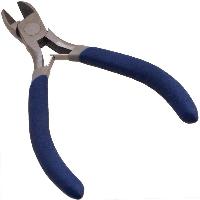
2. Long-Nose / Needle-Nose Pliers
As above with the wire cutters, go for the 4.5 inch hobby ones, and with springs to normally hold them open.
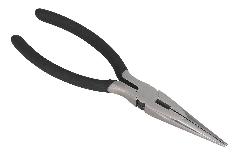
3. Precision Screwdriver Set
You can pick these up relatively cheaply, and at least go for a set containing Phillips-head and flat-head drivers (and square drivers and hex drivers are usually also included in sets of 16+ pieces).

4. Hobby Knife
These are designed for delicate precision cutting, typically for lightweight material.
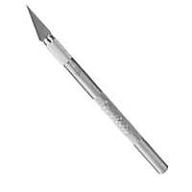
5. Soldering Iron
A common sight on every electronics hobbyist’s workbench. Go for a soldering station with a stand and sponge, rather than the base-less ones. One feature which is often neglected to consider is the start-up time – how long it takes for the iron to reach its temperature. This can vary from less than 30 seconds to over 2 minutes.
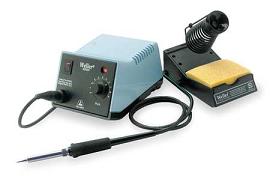
Advanced Tools
6. Wire Strippers
These make stripping the insulation off the end of wires so much more easier than just using side-cutters. They also help prevent you nicking the strands which can cause unwanted resistance in the wire and weak connections.
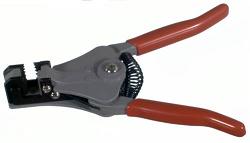
7. Helping Hand
These are great – they give you a “third hand” while you work. Terrific for holding circuit boards at optimal angles for precision soldering, and any other detailed work which is handled better with both your hands. These can come with magnifying glasses and lighting too.
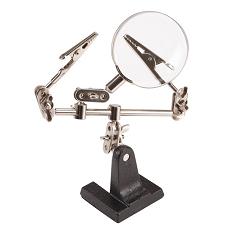
8. Solder Sucker and Solder Wick/Braid
Used for desoldering components for removal due to repair or replacement, or to fix a mistake. Solder Suckers are usually spring-loaded pumps which suck the solder away from the joint after you have melted it with a soldering iron.
Alternatively, solder wick/braid is placed over the joint to remove and heated with a soldering iron. The molten solder then gets absorbed into the wick/braid.

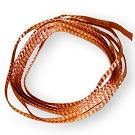
Next Step
Use the navigation menu or click Home to continue learning electronics.
